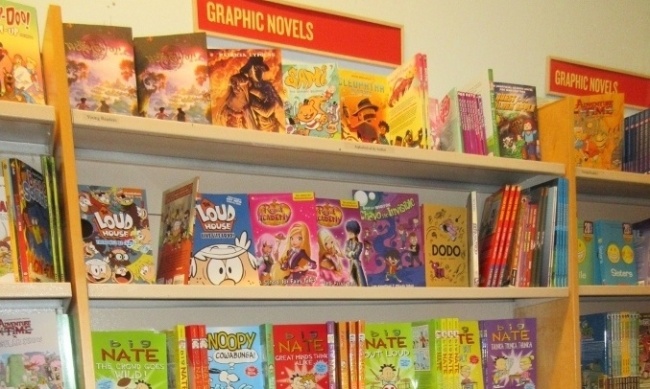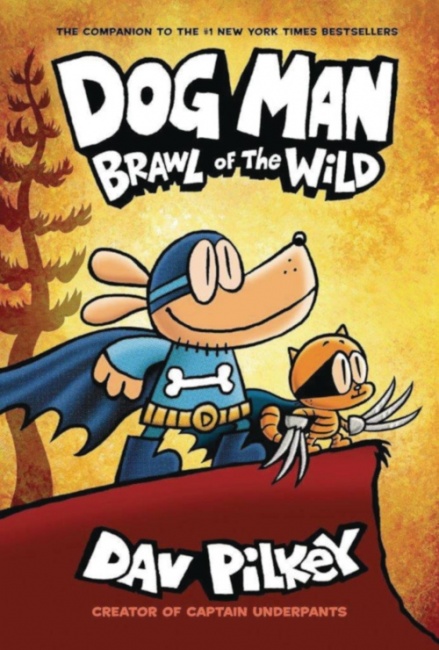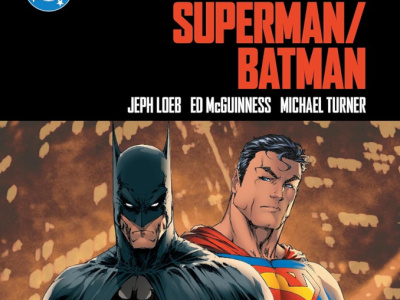Sales of kids graphic novels were up 40% in accounts tracked by NPD BookScan in 2018, according to an analysis by ICv2 using NPD BookScan data, the biggest factor in the growth of the overall comics and graphic novel market last year (see "Comics and Graphic Novel Sales Hit New High in 2018").
We also took a look at comic store sales of kids graphic novels using the Top 500 Graphic Novels lists Diamond Comic Distributors provides monthly. The total numbers for the year were negligible (a low single digit percentage of the book channel sales), but we suspect that comic stores that are doing well with kids graphic novels are also sourcing directly from Scholastic, from book wholesalers such as Ingram, or from other book channel sources, understating the sales of the category in the channel.
Regardless of the reasons for the growth in kids graphic novels, it’s great news for the medium. A good comparison may be the increase in female readers of comics in recent years, a trend we believe was nurtured by the growth of manga in the U.S. in the 00s. So there’s good reason to hope that the millions of kids reading graphic novels for the first time are developing reading habits that will stay with them through life.
NPD BookScan, which collects weekly point-of-sale data on print books from over 16,000 locations including e-tailers, chains, mass merchandisers, independent bookstores, and more. NPD BookScan covers approximately 85% of the U.S. trade print book market. Some publishers classify titles that are primarily text, or art books, as graphic novels; we remove those titles from our analysis. We also reviewed classifications and looked at data down to the title level to make sure that the kids graphic novel category included all (and only) titles marketed as kids titles (up to YA).









